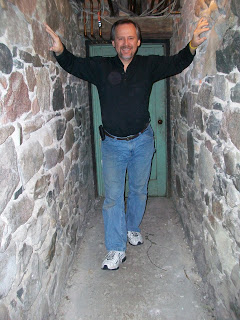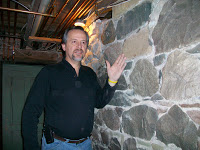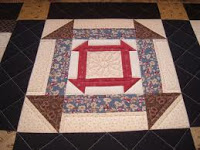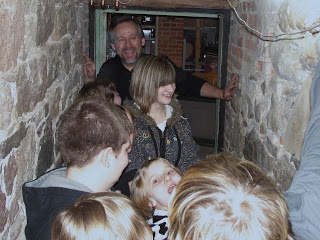 Take yourself back in time and put yourself in a position where the color of your skin makes you immediately suspect of being a runaway slave. This immediate recognition would force you to avoid civilization and take an overland route at night following the stars to avoid capture. Uneducated black folk would need to use their wits to make it all the way to Canada. To travel 10 miles under these circumstances in a 12 hour period of darkness would be a great undertaking. Taking a zig zag course north by foot at night could take up to 2 years to reach freedom outside of the United States.
Take yourself back in time and put yourself in a position where the color of your skin makes you immediately suspect of being a runaway slave. This immediate recognition would force you to avoid civilization and take an overland route at night following the stars to avoid capture. Uneducated black folk would need to use their wits to make it all the way to Canada. To travel 10 miles under these circumstances in a 12 hour period of darkness would be a great undertaking. Taking a zig zag course north by foot at night could take up to 2 years to reach freedom outside of the United States. Munro House in Jonesville still uses 20 feet of a stone walled tunnel that ran underneath the wood framed portion of the historic house. The tunnel is about 7 feet high and about 4 feet wide. It was once over 200 feet long. It is said to have connected the basement of the brick framed portion of the Munro House with the remote carriage house that was near the St. Joseph River. The remains of the tunnel are now being used as a landing to the basement.
Munro House in Jonesville still uses 20 feet of a stone walled tunnel that ran underneath the wood framed portion of the historic house. The tunnel is about 7 feet high and about 4 feet wide. It was once over 200 feet long. It is said to have connected the basement of the brick framed portion of the Munro House with the remote carriage house that was near the St. Joseph River. The remains of the tunnel are now being used as a landing to the basement.
It is thought that as the runaways followed the St. Joseph River, they were to look for the safe house in Jonesville. Upon identifying the Munro House and possibly mingling with the Negro servants under employment of George Munro, they were able to enter the carriage house and be undetected as they made their way into the secret room of the Munro House where they could eat and rest and obtain instructions of where to seek additional help for the remainder of their journey.
In the 1950’s, a fire burned down a portion of the wood framed home. The adjoining property that held the carriage house was sold. The need to keep the properties connected by tunnel was no longer needed. The largest portion of the tunnel was filled in and a slab of cement was poured to form a sturdy foundation for the rebuilding of the damaged section of the house. The part of the tunnel underneath the unburned portion of the house was kept to use as a landing to gain interior access to the basement.
Local schools schedule tours of the house around Martin Luther King Day, Black History Month, or when their curriculum focuses on the Civil War or local history. A 45 minute tour can be scheduled on most any school day.
Mike Venturini
Jonesville Michigan Bed and Breakfast Innkeeper
“Life is good in Jonesville”





My name is Joan Young and i live in Benton Harbor Mi and was i taught about the tunnels right here whete i live. Alot of people try to keep it a secret but it still got out. Its said i can not trace my origin.